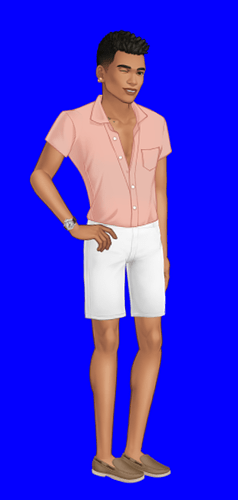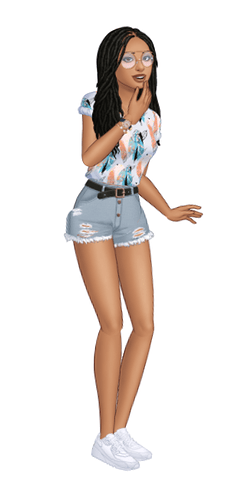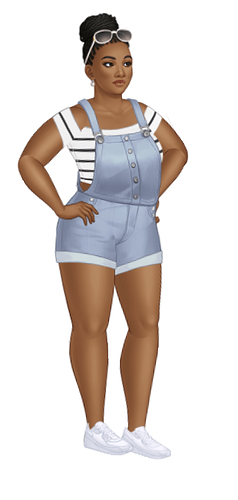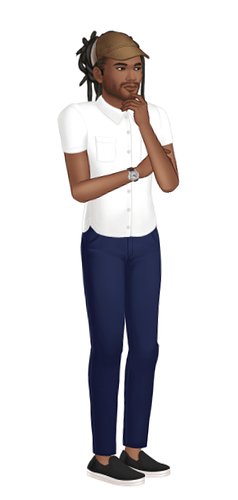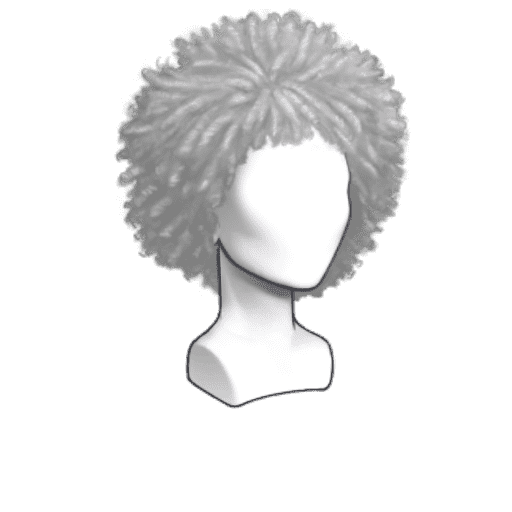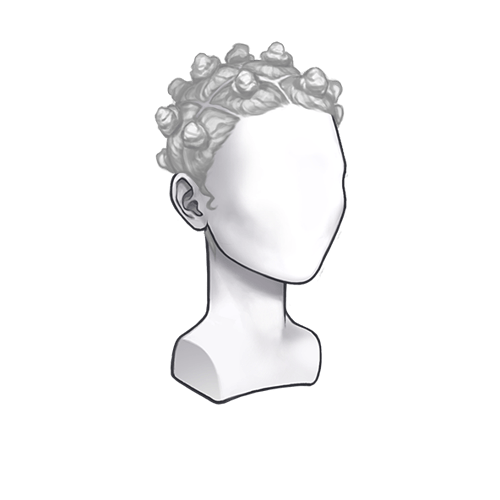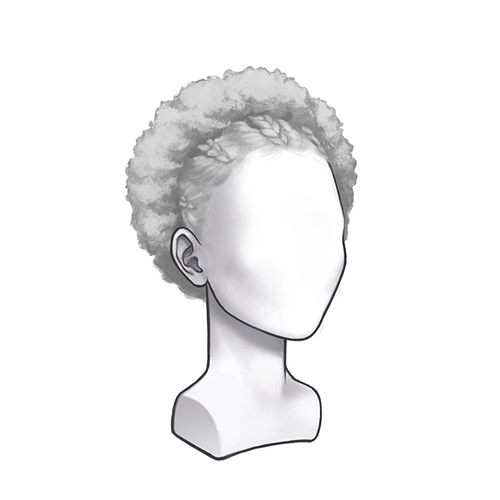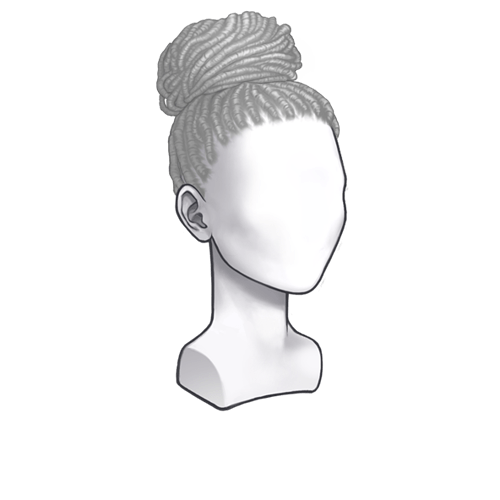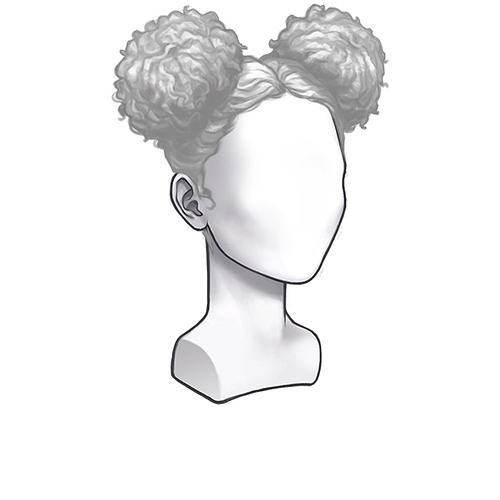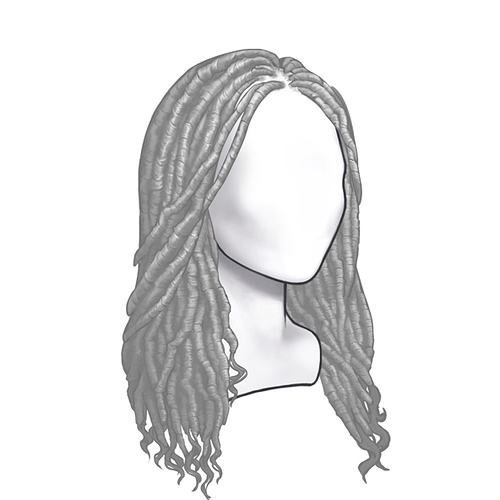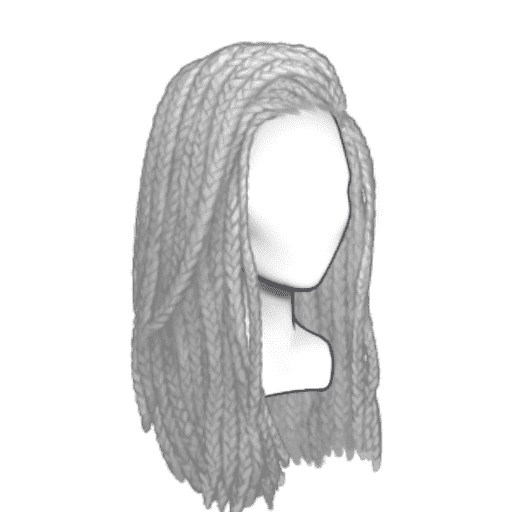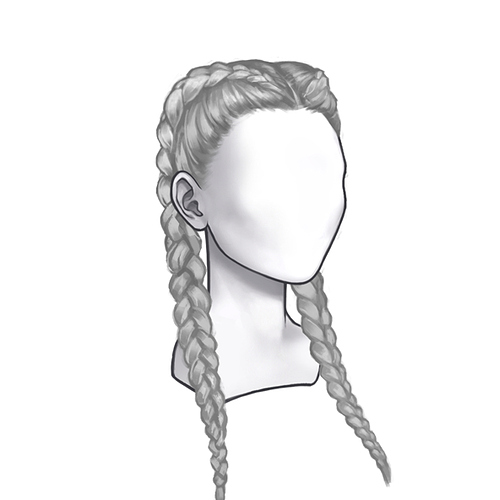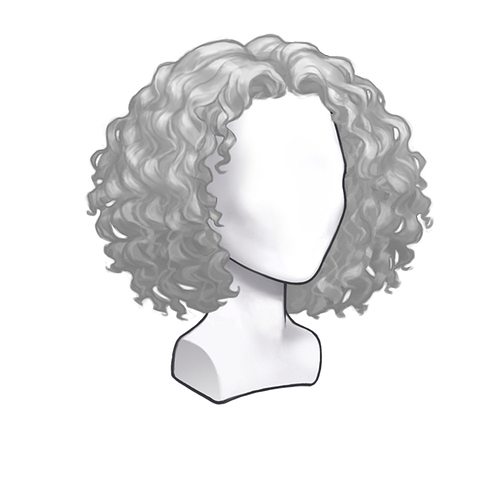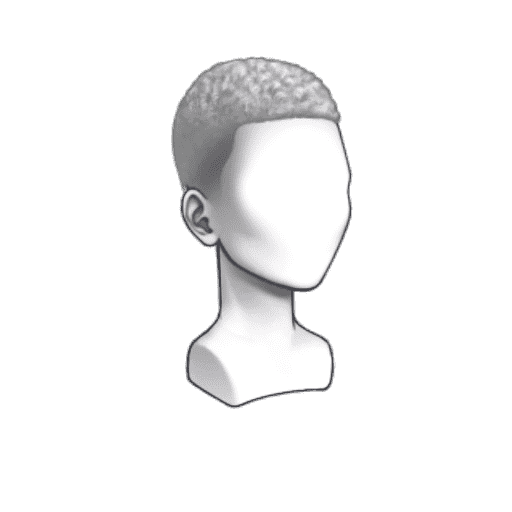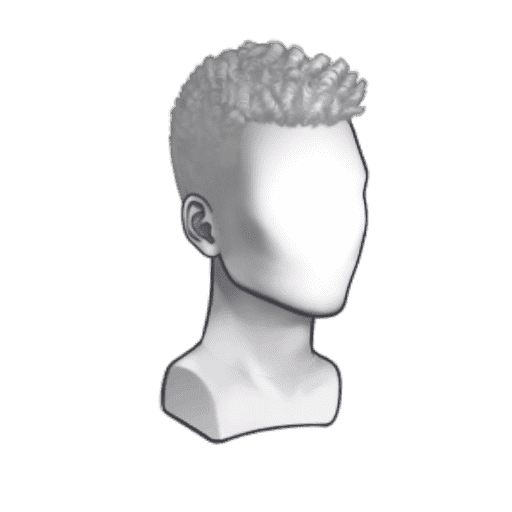Questions and Answers:
- Where are Bahamians from?
Ans: The Bahamas.
2. What is our cuisine?
Bahamian food is an eclectic combination of southern American (think cornbread, peas, and rice) and Caribbean (think spicy seafood) styles. What sets Bahamian cuisine apart, however, is the islands’ love of spices. Properly spicing a dish is critical to Bahamian cuisine to create the ideal flavoring and coloring of some of the most popular of dishes. Check out these 10 traditional Bahamian dishes you won’t want to miss when you’re on your next Caribbean cruise .
- Cracked Conch
Conch (pronounced “konk”) shells may make for excellent wind instruments, and it’s undeniably fun to hold them up to your ear and listen to the ocean — but while you’re on the islands, try the delicious meat of the conch, too. Cracked (also known as fried) conch is pounded and breaded in a way similar to a veal cutlet, and it is served in a number of ways, including curried or with a Creole sauce, in Bahamian preparations. - Conch Salad
On Caribbean cruises , look for this ceviche-style dish serves uncooked conch doused in a spicy pepper and citrus sauce. It is often mixed with tomatoes, green peppers, cucumbers, and celery. Don’t worry. This Bahamian cuisine isn’t raw, exactly. The acid of the citrus causes a process called denaturation, which in essence cooks the meat. - Rock Lobsters
Otherwise known as spiny lobsters, these delicious crustaceans are a major export of the Caribbean. Enjoy this Bahamian food steamed or boiled, in salads, as patties, or in Creole-style sauces. - Bahamian Stew Fish
A dark roux is combined with spices, tomato, celery, and onion to make a thick red sauce that is served over a partially pan-fried catch of the day (most commonly grouper or snapper). - Johnnycakes
Similar to southern American cornbread, johnnycakes are the unofficial bread of Bahamian cuisine. A pan-cooked concoction, johnnycakes are made of milk, butter, flour, and sugar, and are often eaten with stews and curries. - Pigeon Peas and Rice
Served as a side to common Bahamian food, pigeon peas and rice is a classic dish most commonly made from pork, pigeon peas (a staple bean of the Caribbean and Latin America), celery, rice, tomatoes, and thyme. - Baked Crab
A wildly popular dish among locals, crab is combined with bread crumbs, seasoning, and egg, and is then baked in the crab’s original shell. - Souse
Pronounced “sowse,” this famous Bahamian dish is a stew combining onions, lime juice, celery, peppers, potatoes, carrots, bay leaves, and meat — which could include anything from chicken or sheep’s tongue to pork, oxtail, or pig’s feet. Don’t let the more unusual choices scare you off! This is a delicious savory dish, and it’s beloved for good reason. - Guava Duff
Take guava, fold it into pastry dough, boil it, and you have guava duff. Often served with a rum custard sauce, this local dessert is otherworldly good. - The Yellow Bird
Adopted from Jamaica, rum is the national alcoholic beverage of the Bahamas. The Yellow Bird, a local favorite, is a concoction of orange juice, pineapple juice, rum, Galliano, apricot brandy, and banana liqueur (sometimes excluded).
3. Bahamian Culture?
Ans: The Bahamas has a distinct culture which has evolved over generations, from a mixture of mostly African, combined with some British and American influences, which developed into a unique and colourful style of Bahamian self-expression.
Bahamians are best described as easy-going, friendly and hospitable. The adult literacy rate, in The Bahamas, is over 90% and the country has experienced a rapid growth in the professional class and university educated workforce. English is the official language of The Bahamas, with a local dialect called ‘Bahamianese or Bahamian Dialect’ being spoken colloquially.
Bahamians are deeply religious and Christianity is the predominant religion practised in the country. However, the Bahamian Constitution guarantees freedom of expression.
The Bahamas has three indigenous forms of music and dance: Goombay, Rake ‘n’ Scrape, and Junkanoo.
‘Goombay’ music can be considered to be among the earliest indigenous forms of Bahamian music that originated with its Afro-descendant population in the form of a drumbeat rhythm and was the style used by many early Bahamian musicians and composers like Blind Blake, George Symonette and Eloise Lewis.
‘Rake and Scrape’ has its origins in the family island of Cat Island where it developed as a hybrid form from European and African music cultures. It is a popular folk music form among Bahamians and has been used as a classical folk form for various traditional folk musicals, folk plays, and folk operas by various Bahamian composers. It is, also, used as an accompaniment for the ‘quadrille, plaiting of the maypole and other folk dance forms’ .
Nothing is more indigenous and unique to Bahamian culture than Junkanoo. It is a music and dance form that originated in The Bahamas during the days of slavery. A festive parade complete with colourful costumes, goatskin drums, clanging cowbells, whistles and horns, it has remained remarkably unchanged over the years. The parade progresses in a low, rhythmic dance called ‘rushing’. Traditionally, the festival is held in the early hours of Boxing Day (26 December) and on New Year’s Day, winding up at sunrise. The paraders ‘rush’ in organised groups and are judged on costume theme and performance in a keen competition which captures the spirit of all Bahamians at this very special time of the year.
Art is also an important part of Bahamian cultural life. The vibrant colours and dramatic themes of Junkanoo form the basis of this artistic expression but the lifestyle, social struggles, strong religious influences and the breathtaking beauty of the natural surroundings have a clear influence as well. The work of several Bahamian artists has attracted international attention.
4. Housing?
Ans: Now, some of us our houses near the ocean, and some in more land.
5. Religion?
Ans: The islands’ population is predominantly Christian. Protestant denominations collectively account for more than 70% of the population, with Baptists representing 35% of the population, Anglicans 15%, Pentecostals 8%, Church of God 5%, Seventh-day Adventists 5% and Methodists 4%. There is also a significant Roman Catholic community accounting for about 14%. There are also smaller communities of Jews, Muslims, Baha’is, Hindus, Rastafarians and practitioners of traditional African religions such as Obeah.
6. Language?
Ans: The official language of The Bahamas is English. Many people speak an English-based creole language called Bahamian dialect (known simply as “dialect”) or “Bahamianese”. Laurente Gibbs, a Bahamian writer and actor, was the first to coin the latter name in a poem and has since promoted its usage. Both are used as [autoglossonyms] [Haitian Creole], a [French-based creole language] is spoken by Haitians and their descendants, who make up of about 25% of the total population. It is known simply as Creole to differentiate it from Bahamian English.
_______________________________________________________________________________
If you have read Squad: Unseen Media by me, all of my characters are Bahamians, I’ve put up some readers message about our cuisine, Junkanoo, scenes that characters are living near the ocean, clothing, and I do plan on adding some more representation in the story. I will be updating episode 4 soon.
Characters from Squad: Unseen Media:
_______________________________________________________________________________
Hairstyles: Now I can say that some Bahamians do wear braids, yes, some do and some don’t. Some like to just stick with their natural hair, and some would wear braids in the Summer, not when it’s school time.
Bahamian women, whose hairstyles are:
We do have Bahamian men, whose hairstyles are:
Clothing: Same clothing that you guys wear, jeans, tops, etc. BUT, please include some tropical clothing! Trust me, living on an island is so damn good sometimes, feeling the paradise and it’s like you’re on vacation. lol.
Jobs: Oh for heaven’s sake, it’s like the job that you are working as right now. We have armed forces, doctors, nurses, lawyers, plumbers, hotel workers, cook, shop owners, firefighters, animal caretakers, teachers, sports coaches, principals, dentists, bankers, tour guides, taxi driver, etc.
(not finished, adding more information)
Cultural Language & Communication
Bahamians have a lot of words and phrases unique to us and some that are used by other Caribbean countries, here are some that you can use when writing dialogue in your story:
- Muddasick, Muddafreeze, muddaflip or muddaf*ck . This originates from the phrase “well mother take sick” which is also used just not as often. It’s mainly used to exclaim surprise or shock. for example if a Bahamian was to see someone fall off the back of a truck they would say “Well muddasick!”
- Bongee - many people do not know this but this word originated from the gullah geechee people of South Carolina who say "bonkey with a ‘K’. It’s simply means your rear end.
- Dead on da Ride - This is a more newer phrase coined and typically used by Gen Z. I have no idea what this means, I don’t think anyone does to be honest, we just use it
 for example if someone were to fall off a bike or if someone were to get wasted and pass out in the club we would probably be like “lol dead on da ride”
for example if someone were to fall off a bike or if someone were to get wasted and pass out in the club we would probably be like “lol dead on da ride” - Broughtupsy - This is more of a Caribbean/West Indian term, it simply means home training. If a Bahamian were to tell you that you don’t have any broughtupsy, they are basically saying you weren’t raised right, for example if you were littering or not having good manners.
- Conch - Aside from being a delicious delicacy it also can be used to describe a stupid person. For example a Bahamian may be “So ize the conch!” which means “So i must be stupid then!?”
- Bey - This can be used in dialogue pretty easily. It is similar to the way Guyanese people use the phrase “Bai”, or how American use the word “Dude” Or Australians use the word “mate”. This can be used at the beginning or the end of your sentences. For example “Bey, did you see that game last night?”
- Well (literally anything) - Alot of Bahamians aside from using “Well muddasick” use Well followed by literally anything. Some of the most common phrases ive heard are;
“Well Christ on a bike!”
“Well monkey foot!” (This is my favourite)
“Well lick a dog leg” (I was laughing for 3 days straight after hearing a man say this)
Other common slang terms: - Gyal - Girl
- Lil ting - Significant other or a very attractive person
- Tingum - Used when you cant remember or know the name of someone or something
- Gern - Going
- Ize - (shortened form of I is) means “I am”
- C.M. - A man that gets A LOT of girls
- Base - To beg for something, a baser being a beggar
- Jonesing Someone who begs a lot, a joneser being a beggar or a homeless person
- Tingsy To describe someone who is materialistic
- Get off To joke around or make fun of something
- Conchy Joe - A Caucasian Bahamian
Islands and Demographics
Most Bahamians are predominately of African descent, but there are also a large amount of Bahamians predominately of Greek and British descent as well. There are also any islands that Bahamians can be from as well. Do those things divide us in any way? Not at all. Bahamians are Bahamians no matter what island they or from and what they look like. There are also East Indian and Chinese Bahamians as well, not many but there are a few
New Providence is considered our most developed and populated island with Nassau being our capital, Paradise Island is connected by a bridge and this is where most of the big buildings and hotels are.
Grand Bahama, Freeport is considered our second city, also very developed but a lot of businesses have closed down leaving a lot of empty buildings. Hurricane Dorian has only made this worse
Andros - This is the farming capital and the biggest island in the Bahamas, they have a crab fest every year as crab catching is their speciality, most of the crabs in nassau are brought from Andros.
Abaco - Another island deeply impacted by Hurricane Dorian, but they are recovering slowly but surely. They are the boating and fishing capital of The Bahamas, a lot of tourist come to Abaco just for fishing. Abaco also has one of the largest European Bahamian populations in the country.
Eleuthera, Briland’ (Harbour Island) and Spanish Wells. Eleuthera Island is the mainland and Briland’ and Spanish Wells are neighbouring Islands. Eleuthera is known for its pink sands, pineapples and glass window bridge (look that one up, it’s really cool). Spanish Wells is considered the whitest island in the Bahamas ![]() but Eleuthera as a whole is very diverse. Probably one of the most diverse places in the Bahamas, with Islanders of Asain, African and European heritage. Also the people are extremely nice (sorry, this is my favourite place so i am very biased!)
but Eleuthera as a whole is very diverse. Probably one of the most diverse places in the Bahamas, with Islanders of Asain, African and European heritage. Also the people are extremely nice (sorry, this is my favourite place so i am very biased!)
Cat Island - This is the birthplace of Rake and Scrape as Lana said. But people of Cat Island are plagued with a lot of negative stereotypes. Many people believe that Cat Islanders practice Obeah, which while some do as it is done in the Bahamas. It’s very unfair to paint them with the same brush. Just a warning, if you’re looking for information please don’t take that stereotype as fact.
